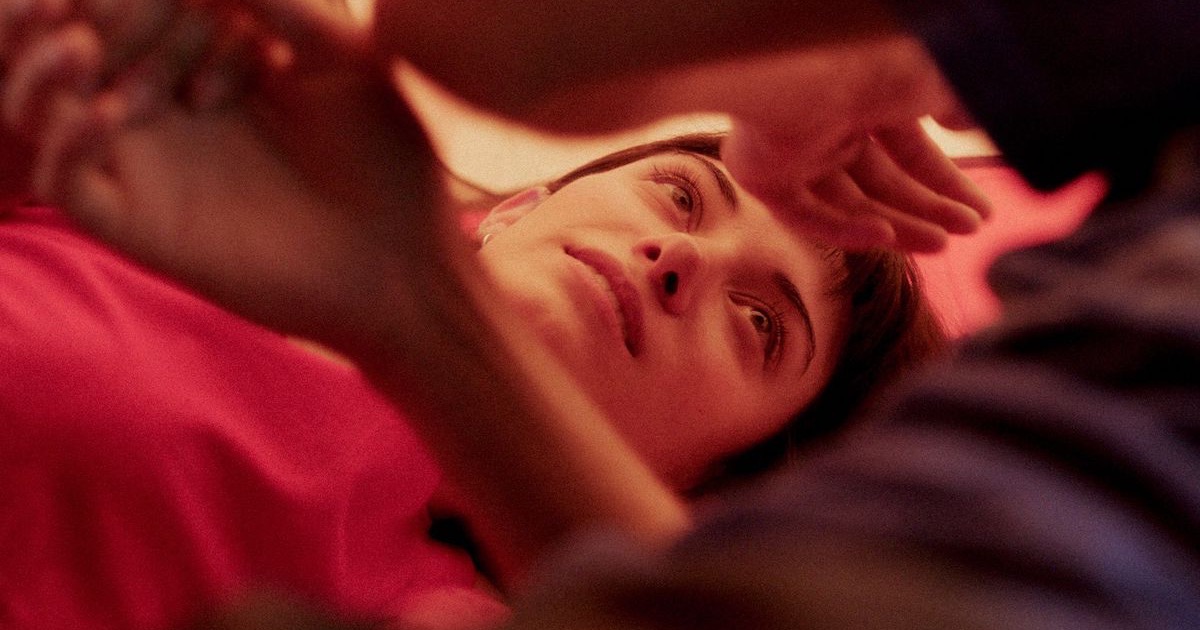Directed, written and edited by Australian James Vaughan, this first feature is a lightly comedic tale that follows an erratic millennial youngster and his various misunderstandings in life.
Premiering at IFFR 2021 in its Tiger Competition for first features, Friends and Strangers (2021), the debut feature film by Australian James Vaughan, opens with a classical ‘boy meets girl’ scenario: Ray (Fergus Wilson) and Alice (Emma Diaz) are both twenty-something friends from Sydney who are about to travel together. “Hands are trustworthy; words are not,” says Alice at some point of the elusive conversation they are holding, as if they are getting to know each other for the first time. At some point of the movie, Vaughan will let us know neither words nor hands are really trustworthy at all.
It’s not difficult to compare Vaughan’s millennial tale with auteurs Hong Sangsoo and, mostly, Éric Rohmer, as Friends and Strangers presents itself as a comedy of manners with an elliptic and episodic structure. As in his first short film You Like It, I Love It (2013), it tries to capture a white young middle-class ennui but, contrary to that short film, Friends and Strangers‘ story is about dealing with the misunderstandings of life. In the first part of the film, when Ray goes camping with Alice, one’s expectation is to contemplate the beginning of a charming romantic liaison, yet what happens is just the opposite: an awkward conversation inside the tent suddenly turns the couple-to-be into a friends-without-benefits situation. “What is it that we’re taking slow?” she asks him. Later on, and ironically, we will also know that Ray “is one of those sincere guys.”
As the film moves forward, the sense of awkwardness and displacement expands into the territory of absurdity, even surrealism. The second part of Friends and Strangers involves Ray facing closeness and, in a way, some sort of intimacy with the ‘strangers’ the title suggests. Ray, who makes wedding videos for a living, enters the microworld of a rich family when he goes to discuss the terms and conditions of a job. The father of the bride (Greg Zimbulis), who turns out to be an art-lover—as you notice by recognizing Lucian Freud and Francis Bacon lookalike paintings hanging in his living room—goes on and on talking about art theory, and about how distinguished video weddings can be. He tries, obviously, to look for mutual understanding with Ray, but only to discover, gag after gag, that the youngster feels out of place. By the way, if in the first episode of Friends of Strangers the misunderstanding deals with the misuse of words, in the second part of the film hands—and touch—are the problematic elements that arouse the uneasy and troubled situation.
Being a portrait of the erratic millennial generation as it is, Friends and Strangers is also a study of the art of fleeing, and about the fears of growing up in an environment where menaces have vanished or, we should say, have morphed into an inner one.
At the core of the story, however, lies a subtle and evasive reflection that opens the door to the idea of a sinister feeling, in a way, of a social malaise. As the terrifically disturbing sound design points out, or as the watercolors by William Bradley which embellish the opening credits suggest (he was one of officers of the British First Fleet that colonized the country in the 18th century), in Friends and Strangers one could perceive that something is going on below the shiny surface of the Australian suburban life. Like the bad dream Ray has at the end of the story. Maybe it’s time to wake up at last and move on.
Paula Arantzazu Ruiz
© FIPRESCI 2021
Edited by Robert Horton

